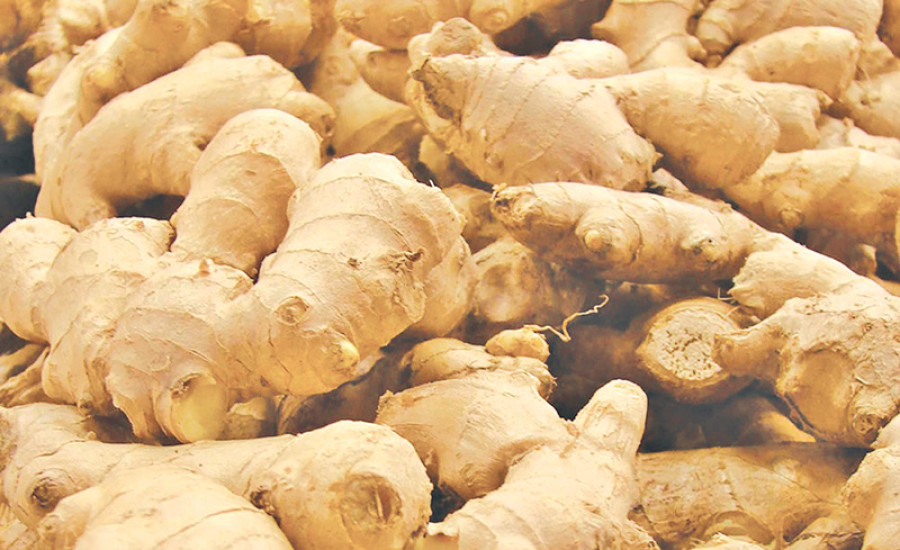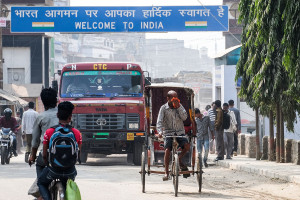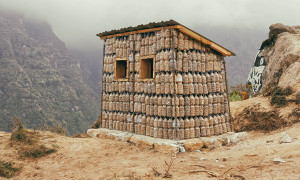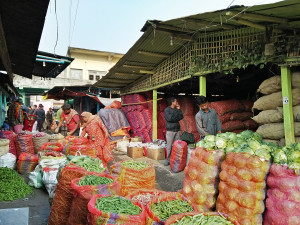Money
Nepali ginger traders eye Italy as potential market
Nepal will be sending a shipment of ginger to Italy for the first time in a move to diversify the export market for the spice which is currently limited to India.
Nepal will be sending a shipment of ginger to Italy for the first time in a move to diversify the export market for the spice which is currently limited to India.
A consignment of 10-12 tonnes is slated to be dispatched within two weeks, according to the Nepal Ginger Producers and Traders Association (NGPTA).
Currently, almost all of Nepal’s ginger harvest is shipped to the southern neighbour. Traders have been repeatedly encountering non-tariff barriers in India, prompting them to look for alternative markets.
“Recently, we have started focusing on Italy and Bangladesh to promote exports of fresh ginger,” said NGPTA President Narendra Kumar Khadka. He added that a team of ginger exporters had recently made a visit to Italy to explore the market. “We have conducted a business deal with a buyer to export the spice.”
Khadka said that Ilam Ginger Export would be sending the first lot of Nepali fresh ginger to the European country in 12-15 days. “After assessing the quality of the product in the first batch, the Italian buyer has pledged to place further orders.”
Ginger is grown on more than 23,826 hectares across the country. As per the Ministry of Agriculture, Nepal produced 242,546 tonnes of ginger in 2016, and 60 percent of the output was exported.
Globally, Nepal is the third largest ginger producer after China and India. India is the main export market for Nepali ginger. Almost 94 percent of the shipments to India consist of fresh ginger and the rest are processed ginger.
According to the Nepal Ginger Profile 2016, which was produced jointly by UK Aid-funded Samarth-Nepal Market Development Programme and the NGPTA, the ginger grown in Nepal is high in oil and oleoresin, and it can be sold to large industrial buyers in India and other countries if output is increased and quality is ensured.
Nepali ginger meets the requirements of a number of European countries including Italy, Khadka said. “As most of the ginger produced in Nepal is grown through organic farming practices and there are no strict rules requiring organic certification in these markets, we expect Nepali ginger will find many buyers there.”
Although dried ginger has high export potential in a number of foreign markets such as Europe, South Korea and Japan, Nepali traders are reluctant to install the equipment necessary to produce dried ginger due to its high cost.
According to Khadka, an average investment of Rs6-7 million is needed to build a dryer plant to produce dried ginger in notable quantities for export.
In addition to Italy, Nepali ginger exporters have also started exploring the market in Bangladeshi. As per the NGPTA, three to four containers of the spice are currently being shipped to Bangladesh weekly. “We exported 40 tonnes of fresh ginger to Bangladesh in the first seven months of the current fiscal year,” Khadka said.




 13.12°C Kathmandu
13.12°C Kathmandu













